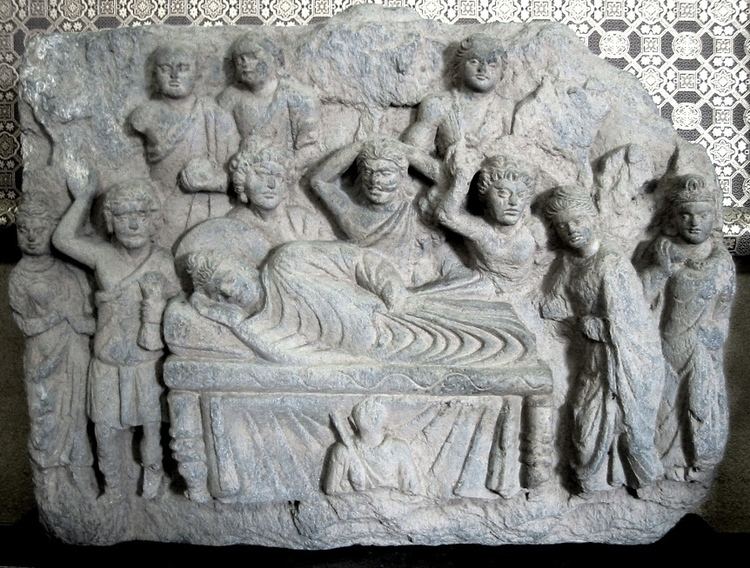 | ||
A reclining Buddha is a statue that represents Buddha lying down and is a major iconographic and statuary pattern of Buddhism. It represents the historical Buddha during his last illness, about to enter the parinirvana. He is lying on the right flank, his head resting on a cushion or relying on his right elbow, supporting his head with his hand.
This pattern seems to have emerged at the same time as other representations of the Buddha in the Greco-Buddhist art of Gandhara.
Notable examples
Burma:
References
Reclining Buddha Wikipedia(Text) CC BY-SA
